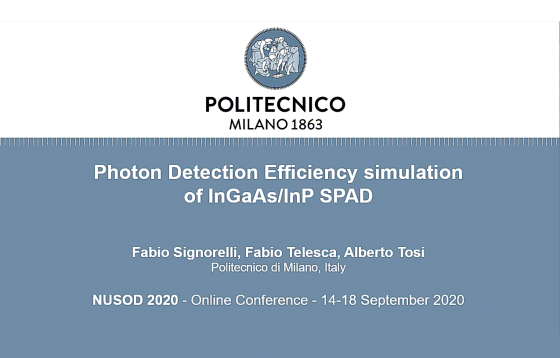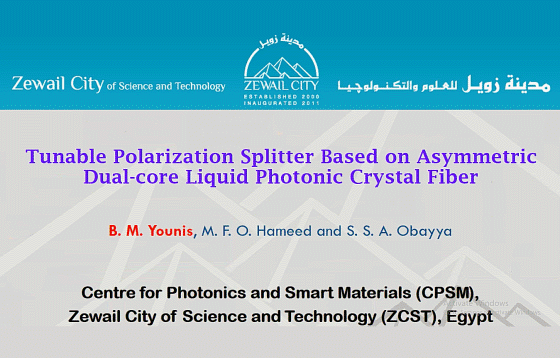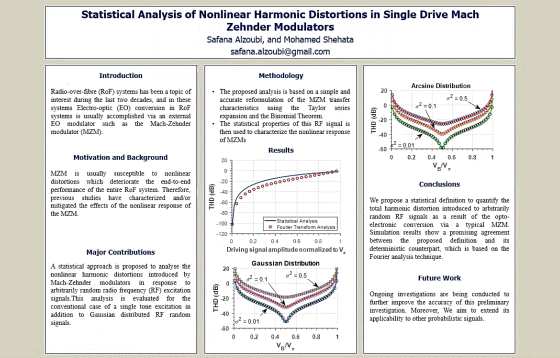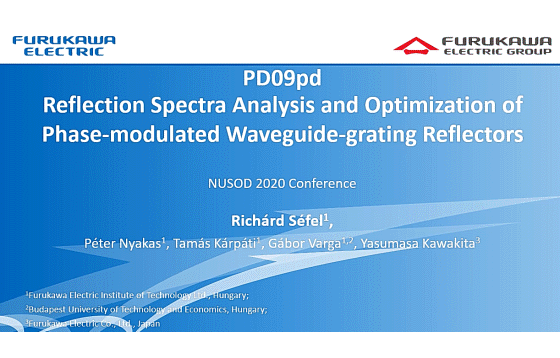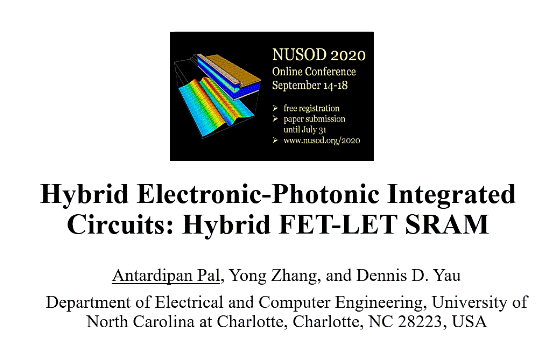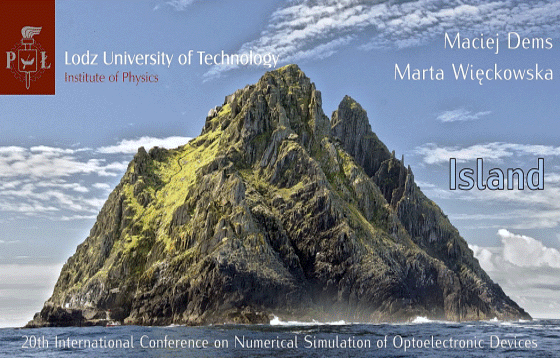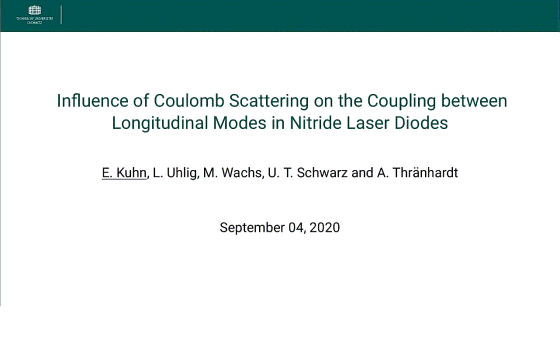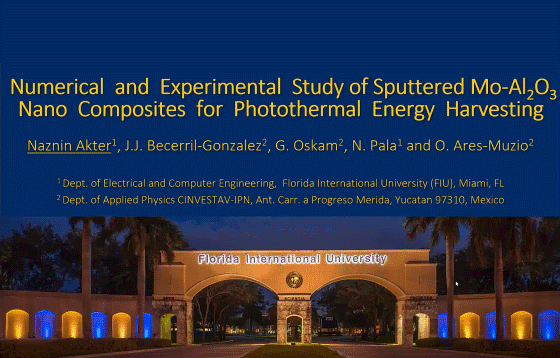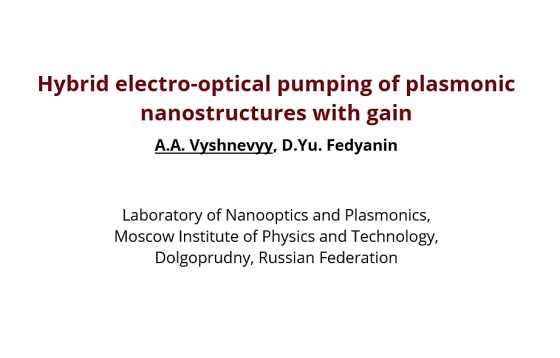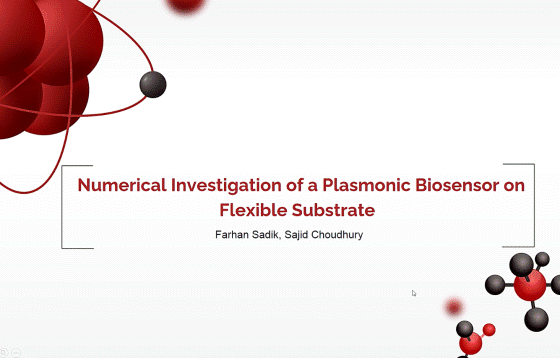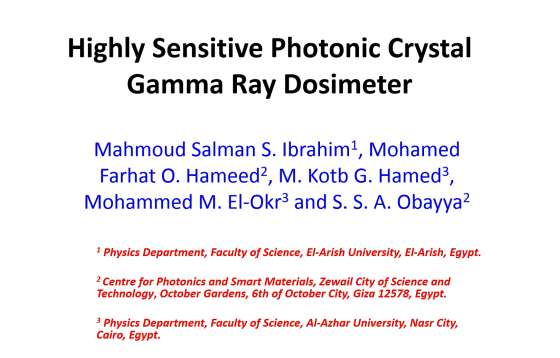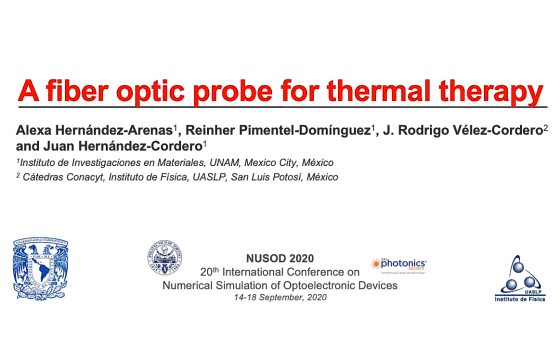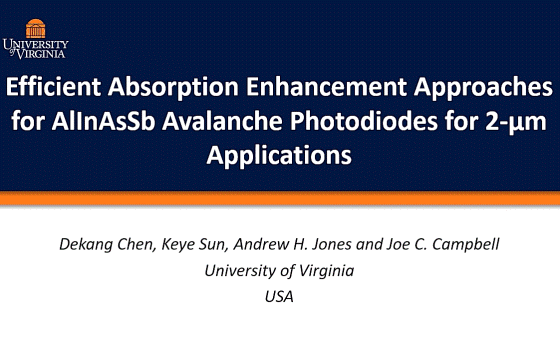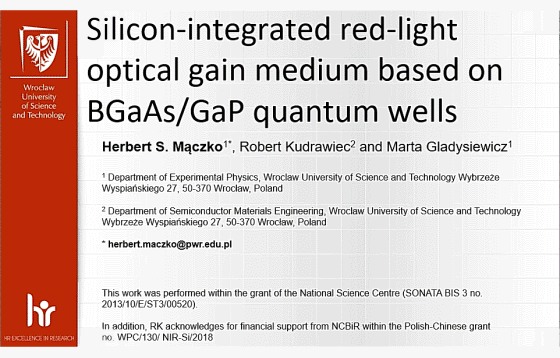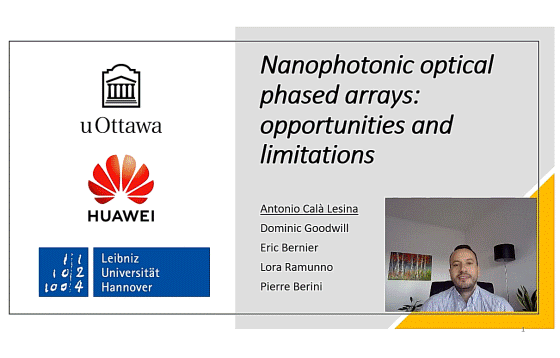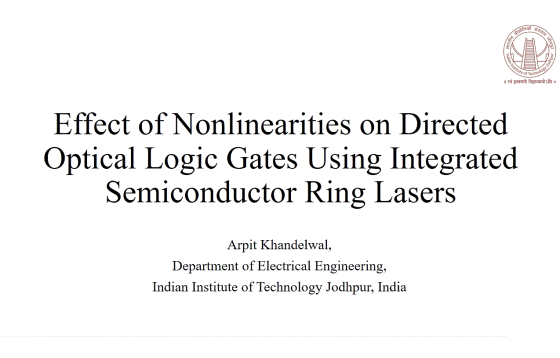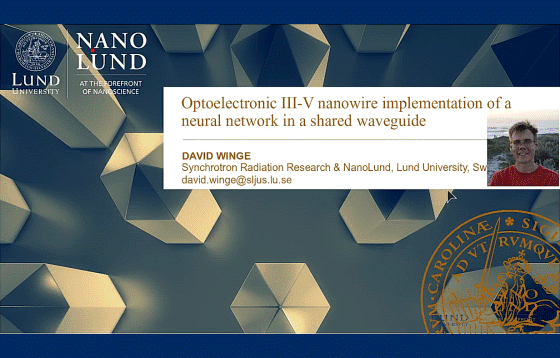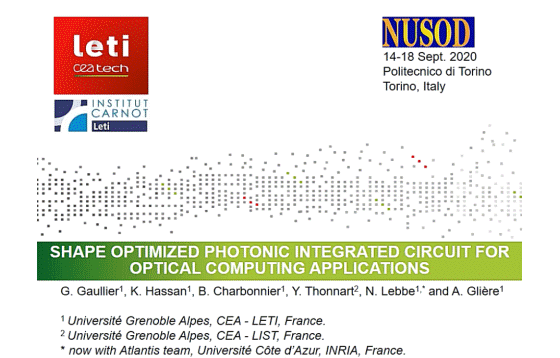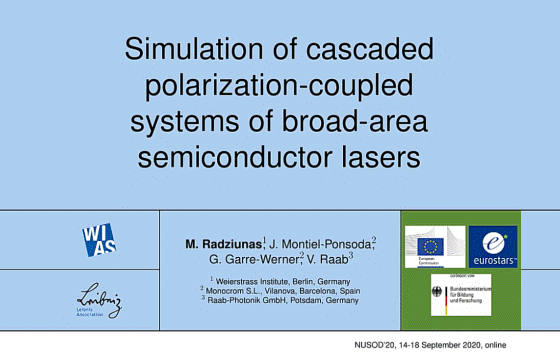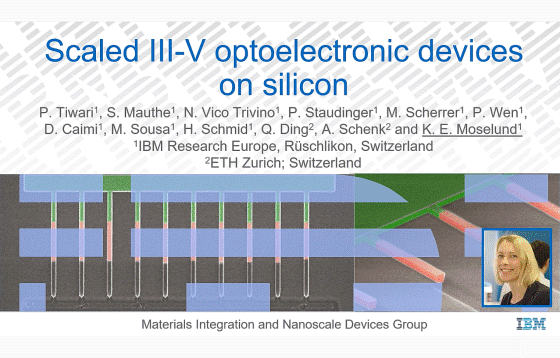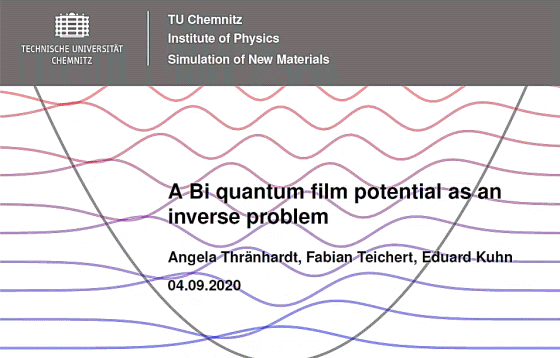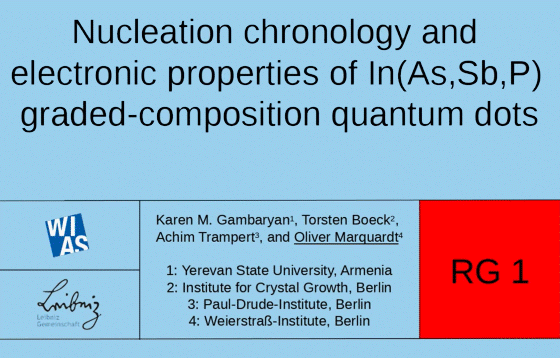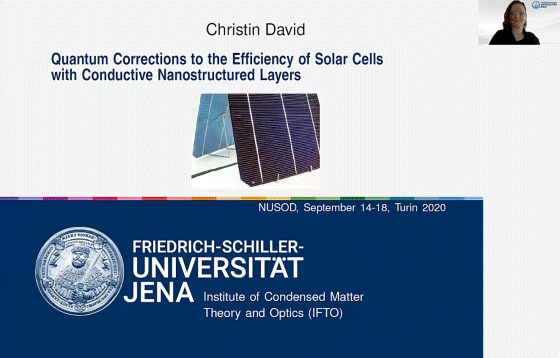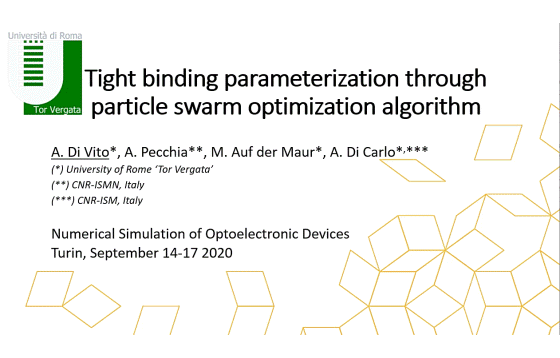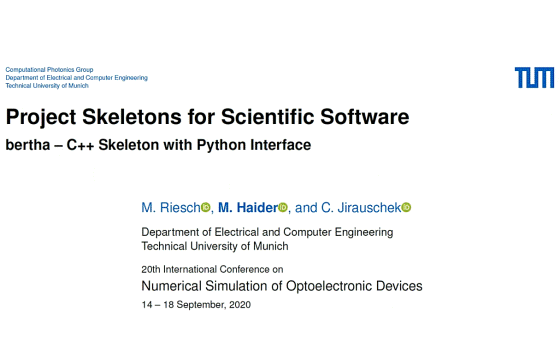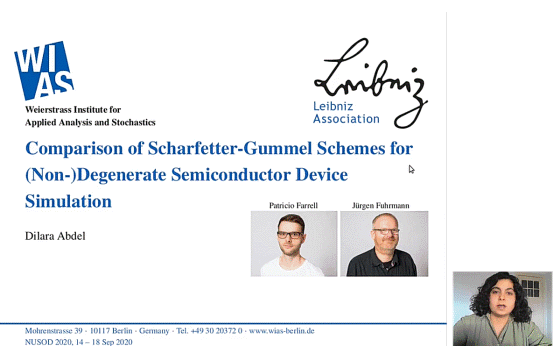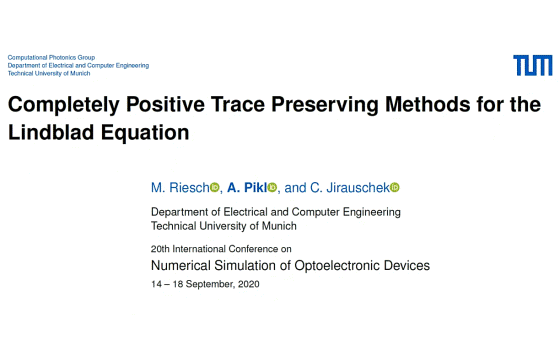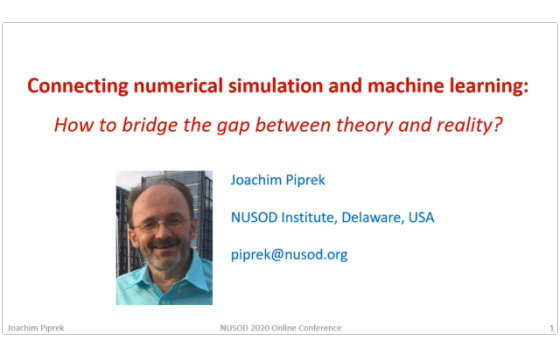


We present a comprehensive simulation flow for the estimation of photon detection efficiency as a function of wavelength in InGaAs/InP single-photon avalanche diodes (SPADs) at low temperature. We introduce a joint modelling of electrical and optical properties for SPAD detectors. We also highlight how accurately different parameters have to be calibrated in order to achieve […]
PD11–Tunable Polarization Splitter Based on Asymmetric Dual-core Liquid Photonic Crystal Fiber
An asymmetric dual core photonic crystal fiber (ADC-PCF) tunable polarization splitter is reported and analyzed. The left core of the DC-PCF is infiltrated with nematic liquid crystal (NLC) material to control the wavelength at which coupling occurs between the dual cores of the proposed structure. Moreover, the suggested design can be tuned to split out […]
PD10–Statistical Analysis of Nonlinear Harmonic Distortions in Single Drive Mach Zhender Modulators
In this preliminary investigation, a statistical approach is proposed to analyze the nonlinear harmonic distortions introduced by Mach-Zehnder modulators (MZMs) in response to arbitrarily random radio frequency (RF) excitation signals. The proposed analysis is based on a simple and accurate reformulation of the MZM transfer characteristics using the Taylor series expansion and the Binomial Theorem. […]
PD09–Reflection Spectra Analysis and Optimization of Phase-modulated Waveguide-grating Reflectors
Phase-modulated waveguide gratings are promising reflective optical elements for widely tunable laser applications. We present an analysis on their comb-like reflectivity response and address the impact of phase-shifts on the number of large reflection peaks, their envelope and on the effective grating coefficient. Utilizing a robust phase-modulation approach, this paper shows a quasi-stochastic numerical optimization […]
PD08–Supercontinuum generation with superior intrapulsecoherence in dispersion-tailored waveguides
Intrapulse coherence is an important performance metric for applications of supercontinua, including precision frequency metrology and attosecond science. These applications require a stable carrier-envelope phase, which is usually measured by f–2f interferometry. Here, the potential for superior intrapulse coherence with 100 and 400-fs input pulses is studied, exploiting different dispersion profiles. The simulation results in […]
IS06–Hybrid Electronic-Photonic Integrated Circuits: Hybrid FET-LET SRAM
High speed, low power, low leakage, and low noise circuits are extremely essential for modern VLSI chips. Since on-chip cache memories consume appreciable amount of the total chip area and energy, high performance and low power Static Random-Access Memories (SRAMs) are needed for high performance and low power electronic systems. A hybrid FET-LET 6T SRAM, […]
LD12–Modeling Impact of Oxide Island on the Lasing of ARROW-VCSEL
We analyze the impact of a low-refractive antiresonant oxide island buried in a top VCSEL mirror on the lasing conditions of lateral modes of different orders. By performing comprehensive thermal, electrical, and optical numerical analysis of the VCSEL device, we show the impact of the size and location of the oxide island on the current […]
LD11–Influence of Coulomb Scattering on the Coupling between Longitudinal Modes in Nitride Laser Diodes
Due to their small separation of longitudinal modes, Fabry-Perot type laser diodes show rich mode competition effects. For example streak camera measurements show cyclic mode hopping, where the currently active longitudinal mode changes from lower to higher wavelengths. This effect can be explained by beating vibrations of the carrier densities in the quantum wells and […]
N06–Hybrid Electro-Optical Pumping of Plasmonic Nanostructures with Gain
We report on the numerical and experimental study of the optical spectra of Mo-Al2O3 nanocomposites that were grown using sequential DC and RF sputtering. The measured spectra were compared with the ones calculated using FDTD simulations to analyze the prediction accuracy of the approach.
N05–Hybrid Electro-Optical Pumping of Plasmonic Nanostructures with Gain
We propose to pump active plasmonic devices, such as plasmonic amplifiers, lossless plasmonic waveguides and nanolasers, simultaneously electrically and optically (hybrid pumping). We show that such a pumping method results not only in a higher modal gain but also in an improved control over the spatial profile of optical gain in the device, which allows […]
NM11–Numerical Investigation of a Plasmonic Biosensor on Flexible Substrate
Surface plasmon resonance (SPR) based sensors are state of the art in bio-sensing. Here we numerically inspect a device that can induce SPR on the opposite side of planar metal films. The evanescent field of SPR can detect wide of refractive index with linear sensitivity. This device modeled on bendable PDMS substrate can launch SPR […]
NM10–Highly Sensitive Photonic Crystal Gamma Ray Dosimeter
Highly sensitive 2D Si photonic crystal (PhC) sensor is proposed and analyzed for the detection of gamma-ray doses in the visible light region. The suggested PhC has a cavity infiltrated by poly-vinyl alcohol (PVA) polymer doped with crystal violet and carbol fuchsine dyes. The geometrical parameters of the design are studied to maximize the sensor […]
NM09–A fiber optic probe for thermal therapy
We demonstrate a novel fiber optic device for controlled generation of photothermal effects. The fiber probe is pumped by a laser diode and incorporates polymer composites allowing to generate highly localized heat and obtain temperature measurements simultaneously. We analyze the temperature field in the vicinity of the device through computer simulations and these are validated […]
D09–Efficient Absorption Enhancement Approaches for AlInAsSb Avalanche Photodiodes for 2-μm Applications
We describe two photon-trapping structures to enhance the quantum efficiency of AlInAsSb APDs for 2-μm detection. Finite-difference time-domain (FDTD) simulations show the absorption can be enhanced by more than 100 % with a triangular lattice photonic crystal, and nearly 400 % by applying a metal grating, for normal incidence at 2 µm.
NM01–Ferrimagnetic garnets for integrated non-reciprocal devices
Ferrimagnetic garnets are promising materials for applications in integrated non-reciprocal devices due to their low optical absorption and relatively large magneto-optical response at telecommunication wavelengths. However, their implementation into phonotic chips is rather difficult due to large lattice parameters and thermal expansion mismatch with common photonic substrates. In this talk, we present our latest progress […]
N04–Silicon-Integrated Red-Light Optical Gain Medium Based on BGaAs/GaP Quantum Wells
In this study we present BGaAs/GaP quantum well (QW) structures integrated with GaP/Si virtual substrate as a promising structure for applications requiring red-light optical gain media. Gain spectra are computed based on an 8-band k · p model with an envelope function approximation and Fermi’s Golden Rule. An emission of red light of wavelengths from […]
PD01–Nanophotonic optical phased arrays: opportunities and limitations
Optical phased arrays can steer a beam without mechanical rotation, thus achieving a very rapid scanning rate. The core element of an optical phased array is the pixel (unit cell) and its ability to control the phase and amplitude of the emitted/scattered light. We discuss the role of nanophotonics in achieving pixels that are small […]
IS05–Effect of Nonlinearities on Directed Optical Logic Gates Using Integrated Semiconductor Ring Lasers
Nonlinearities in the semiconductor ring laser (SRL) are incorporated in the analysis of directed optical logic gates and their effects on the output are studied. The paper discusses the effects of gain medium linewidth, internal quantum efficiency and self and cross gain saturation on the output of directed optical NOT gate implemented using SRLs.
IS04–Optoelectronic III-V nanowire implementation of a neural network in a shared waveguide
Neural node components consisting of III-V nanowire devices are introduced. This allows for the construction of a small footprint specialized neural network. A broadcasting strategy is developed which removes the need for inter-node wiring. As a model system, an insect brain navigational circuit is chosen and successfully emulated using the introduced nodes and network architecture. […]
IS02–Shape Optimized Photonic Integrated Circuit for Optical Computing Applications
Shape optimization techniques were quite recently applied to photonic components but to the best of our knowledge, no application to optical computing has been reported yet. Here, we present the design of a photonic integrated circuit, composed of shape optimized passive components, performing a matrix-vector product. A ≈ 2000 times gain on the overall footprint […]
IS03–Simulation of cascaded polarization-coupled systems of broad-area semiconductor lasers
We present a brightness- and power-scalable polarization beam combining scheme for high-power, broad-area semiconductor lasers. To achieve the beam combining, we employ Lyot-filtered optical reinjection from an external cavity, which forces lasing of the individual diodes on interleaved frequency combs with overlapping envelopes and enables a high optical coupling efficiency. We demonstrate how repeatedly introduced […]
IS01–Scaled III-V optoelectronic devices on silicon
In the present talk we discuss the development of the epitaxial technique Template-Assisted Selective Epitaxy (TASE) and its application for the monolithic integration of scaled III-V active photonic devices on silicon. A unique advantage of TASE for silicon photonics applications is that it enables a truly local integration of III-V material at precisely defined positions, […]
N03–A Bi quantum film potential as an inverse problem
Experiments generally only offer access to certain output parameters or spectra. When performing device simulations, we often assume that agreement of theoretical and experimental output means that the model describes the device well. However, this conclusion is by no means mandatory. Here, we show an example of a Bi quantum film where measurements show equidistant […]
N02–Nucleation chronology and electronic properties of In(As,Sb,P) graded-composition quantum dots
We have studied nucleation process and electronic properties of graded-composition quantum dots(GCQDs) grown from In-As-Sb-P in the liquid phase for application in mid-infrared devices like photoresistors or photoconductive cells. The GCQD ensemble exhibits diameters of 10 – 120 nm and heights of 2 – 20 nm. Compositional grading is a typical feature of quantum dots […]
N01–Quantum corrections to the efficiency of solar cells with conductive nanostructured layers
It was shown in many experiments that the incorporation of metallic nanostructures into photovoltaic devices results in the enhancement of solar cell efficiency. Most simulations of such devices are based on classical electrodynamics and neglect quantum effects arising from nanosized metallic structures. Here, we look at nonlocal electron-electron interactions, Lorentz friction and strong coupling of […]
MM06–Tight binding parameterization through particle swarm optimization algorithm
The tight binding (TB) approach represents a good trade-off between accuracy and computational burden. For this reason, it is widely used for device simulations. However, a proper description of a physical system by means of TB requires an accurate parameterization of the Hamiltonian matrix elements (HME), that is usually done by fitting over suitable properties […]
MM05–Project Skeletons for Scientific Software
Although research relies heavily on software packages such as mathematical libraries or data analysis tools, efforts to provide high-quality scientific software are hardly rewarded. As a possible way out of this dilemma, project skeletons can be employed to accelerate software development while ensuring code quality. In this work, we review existing project skeletons and present […]
MM03–Comparison of Scharfetter-Gummel Schemes for (Non-)Degenerate Semiconductor Device Simulation
We consider Voronoi finite volume schemes for the discretization of the van Roosbroeck system and pay particular attention to the choice of flux approximations. The classical Scharfetter-Gummel scheme yields a thermodynamically consistent numerical flux, but cannot be used for general charge carrier statistics.We compare and analyze aspects of two state-of-the-art modified Scharfetter-Gummel schemes to simulate […]
MM04–Completely Positive Trace Preserving Methods for the Lindblad Equation
The Lindblad master equation is a valuable tool in quantum mechanics, which describes the dynamics of open systems. In the scope of our research, it is combined with the one-dimensional Maxwell’s equations to form the generalized Maxwell-Bloch equations. Since analytical solutions are not available in the general case, numerical methods have to be employed to […]
MM02–Connecting numerical simulation and machine learning: How to bridge the gap between theory and reality?
Machine learning and numerical simulation represent opposite approaches to computational analysis of the real world, inductive vs. deductive. However, both methods suffer from various uncertainties and even their combination often fails to link theory and reality. This paper presents a critical review of such connections and proposes improvement options for optoelectronic devices.

